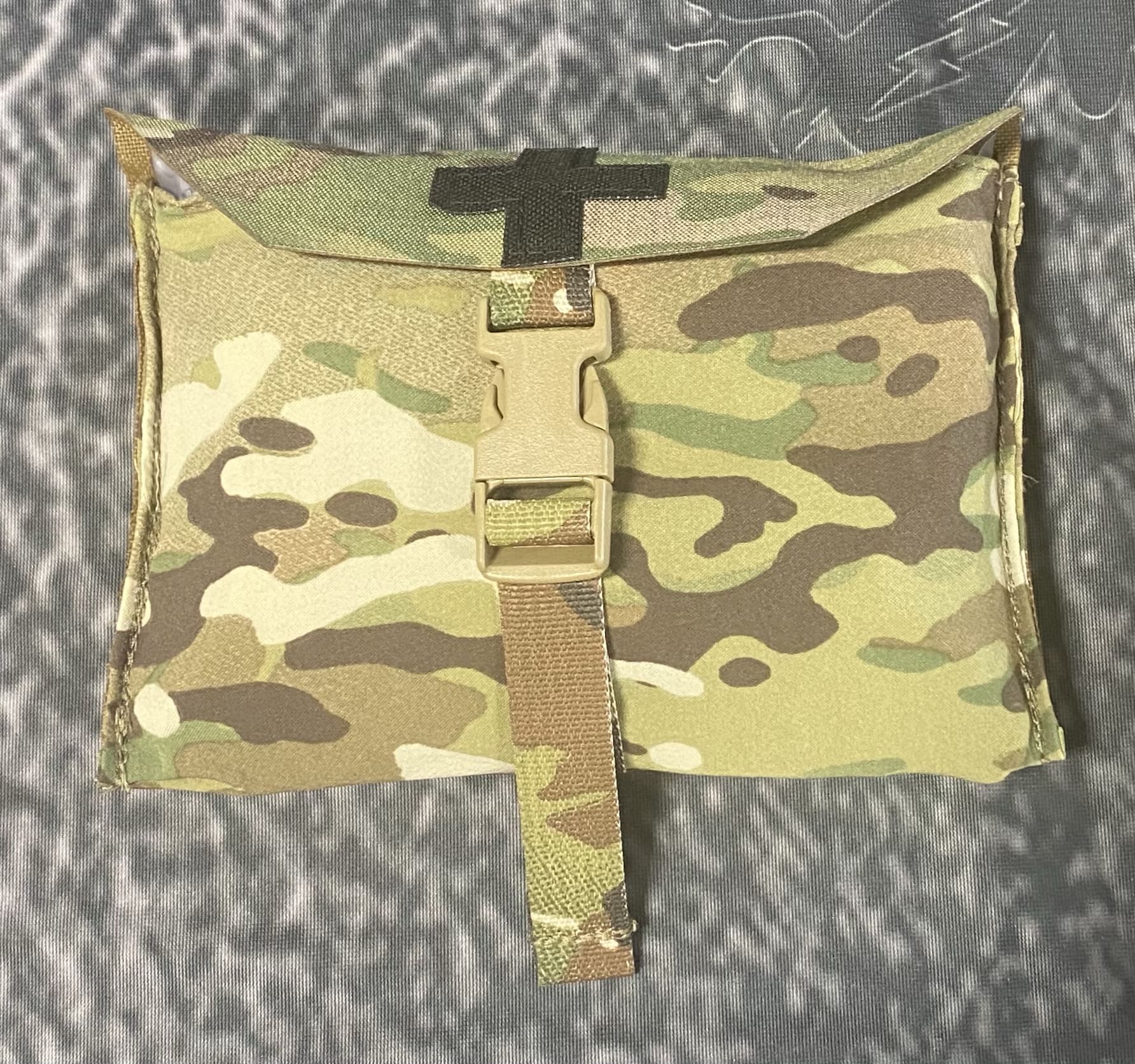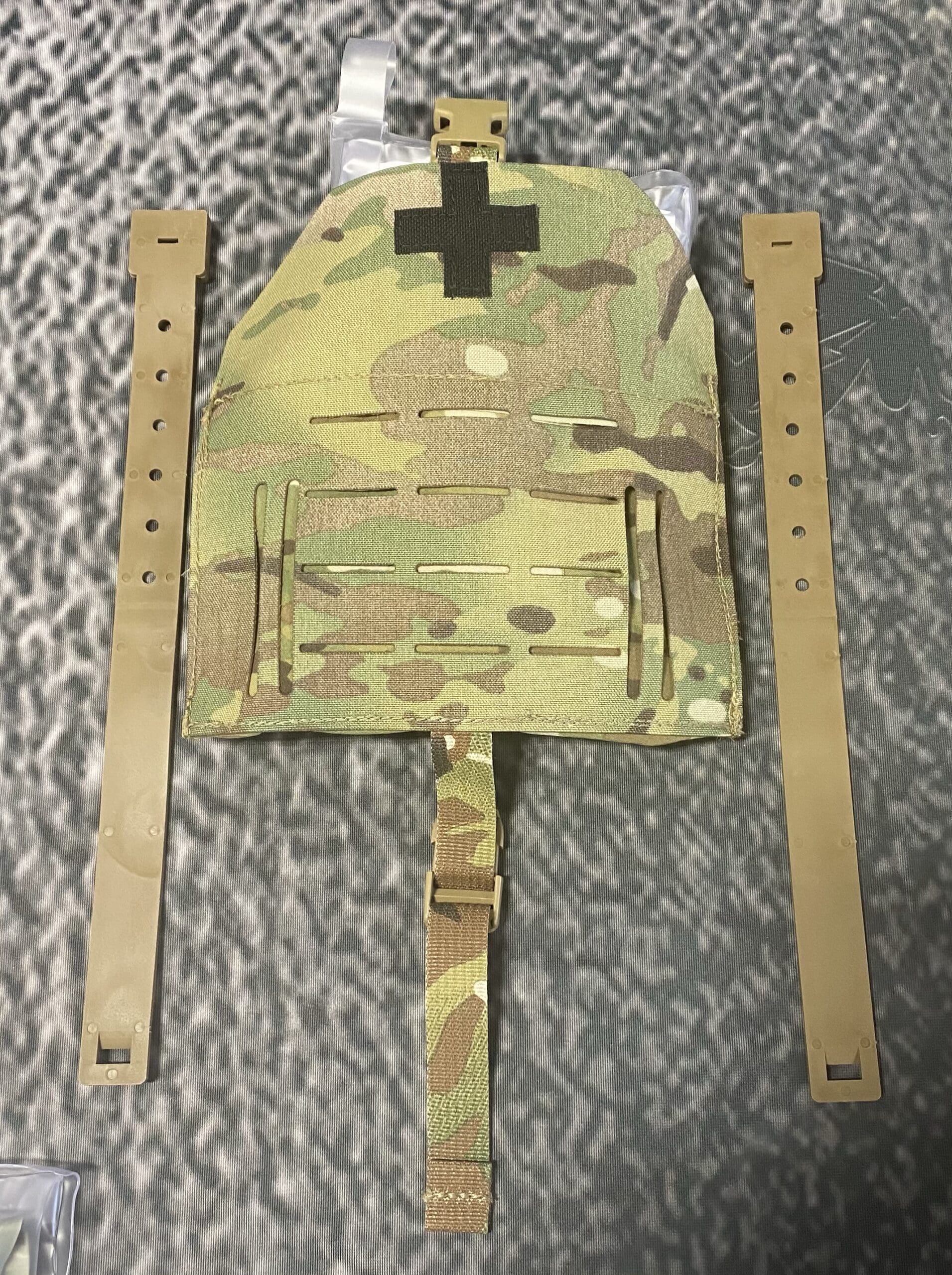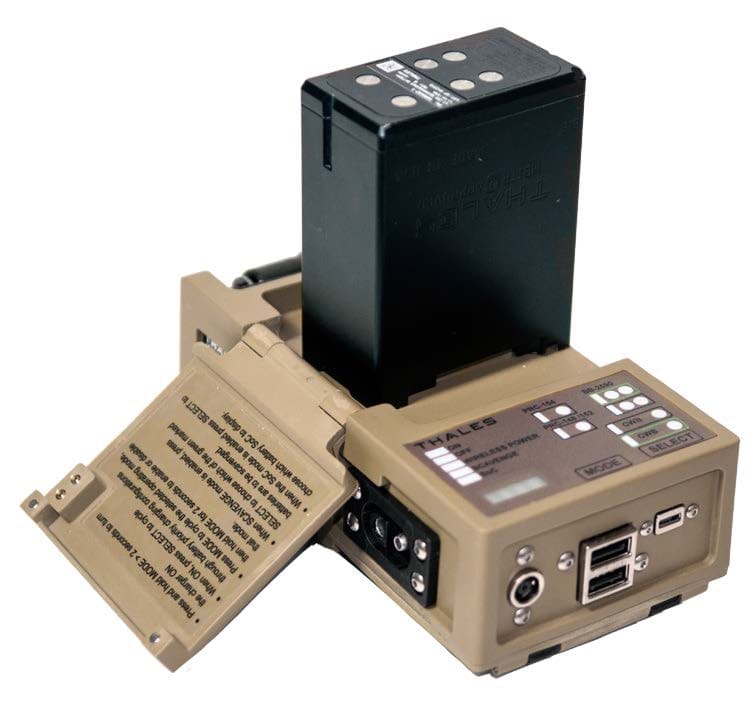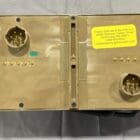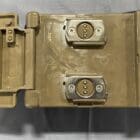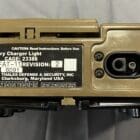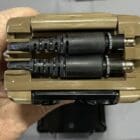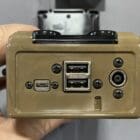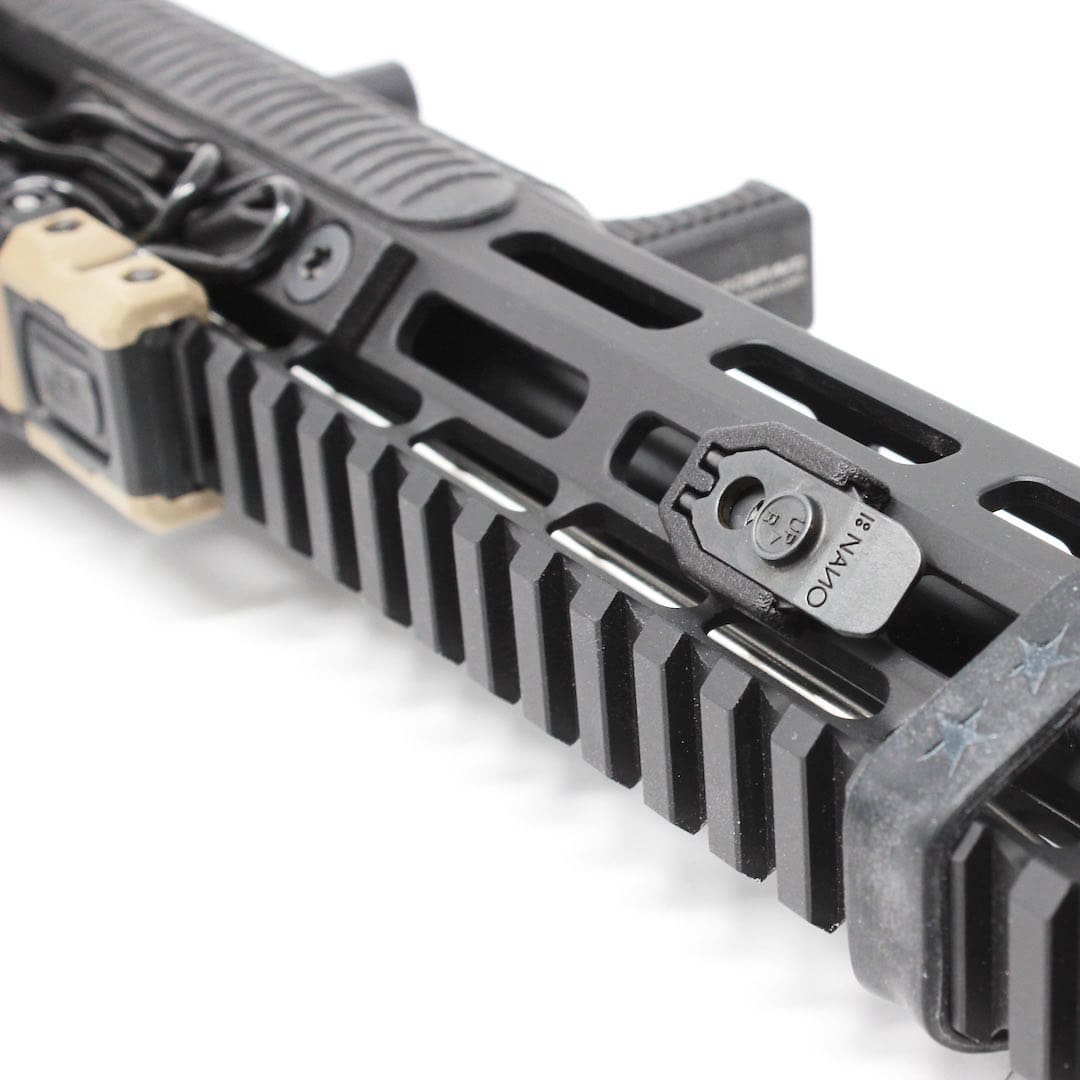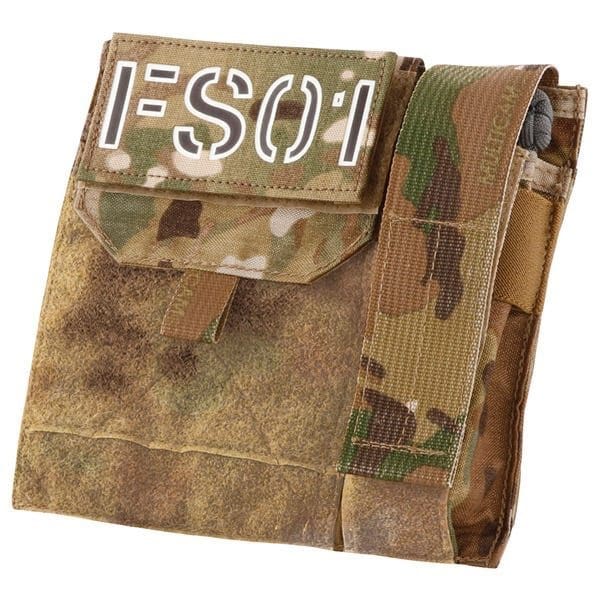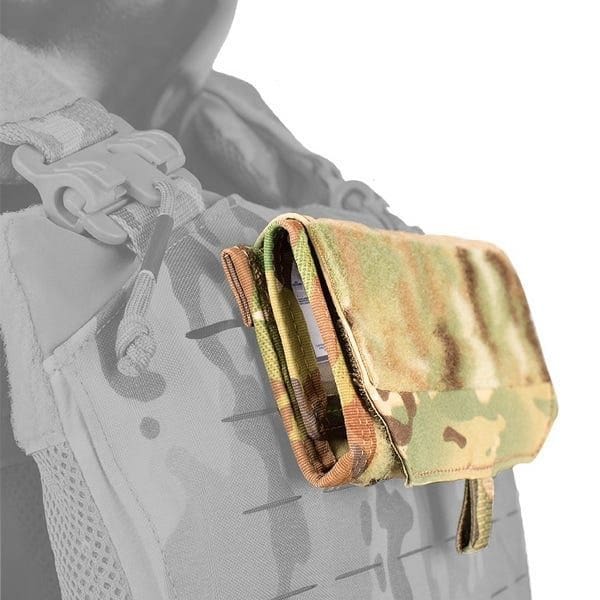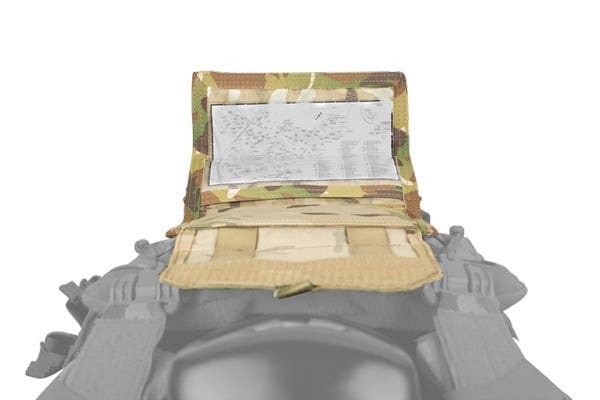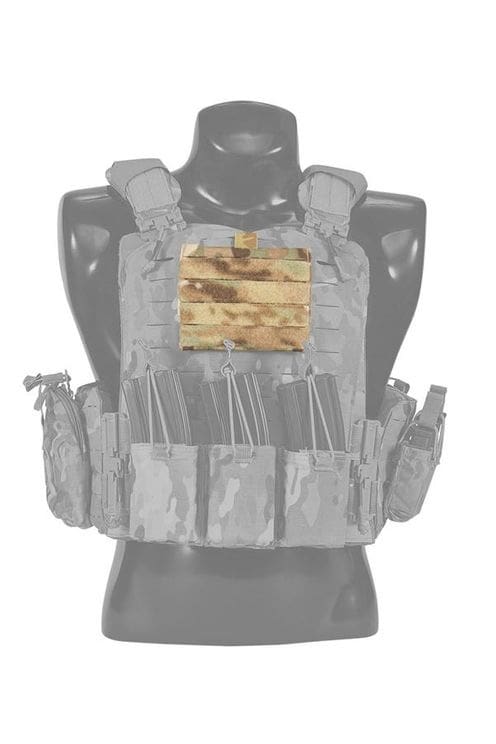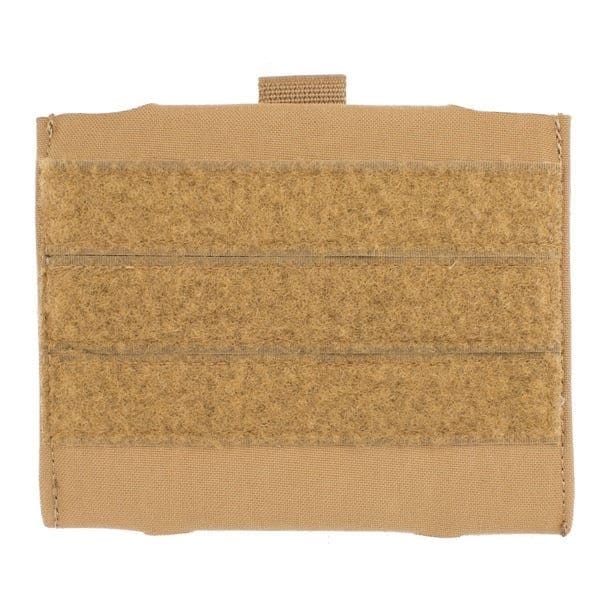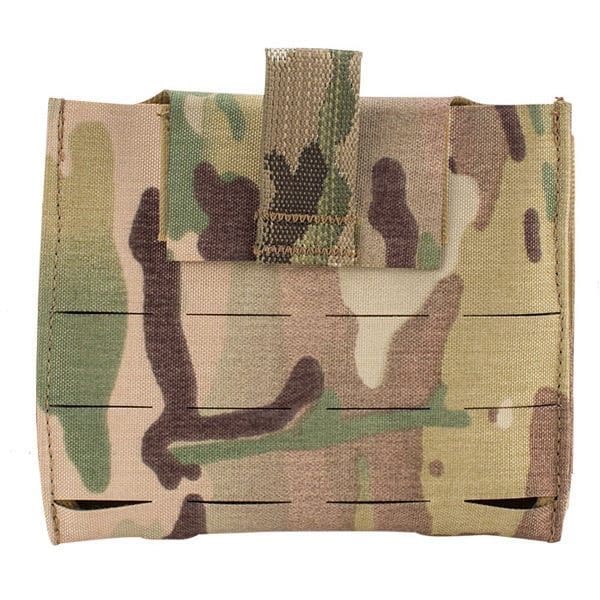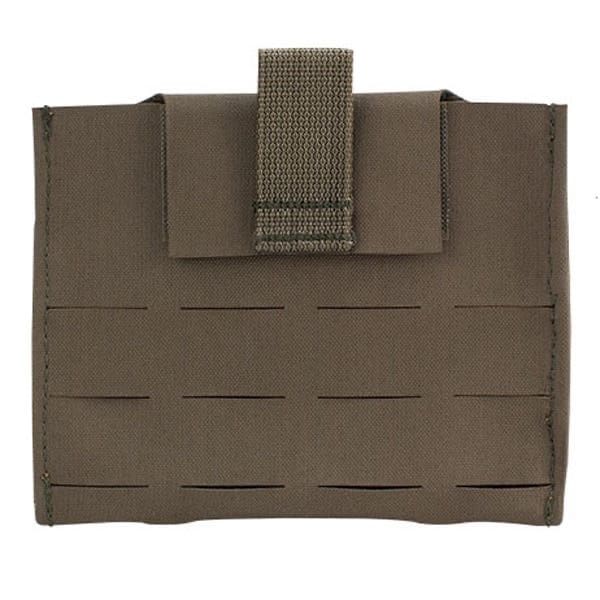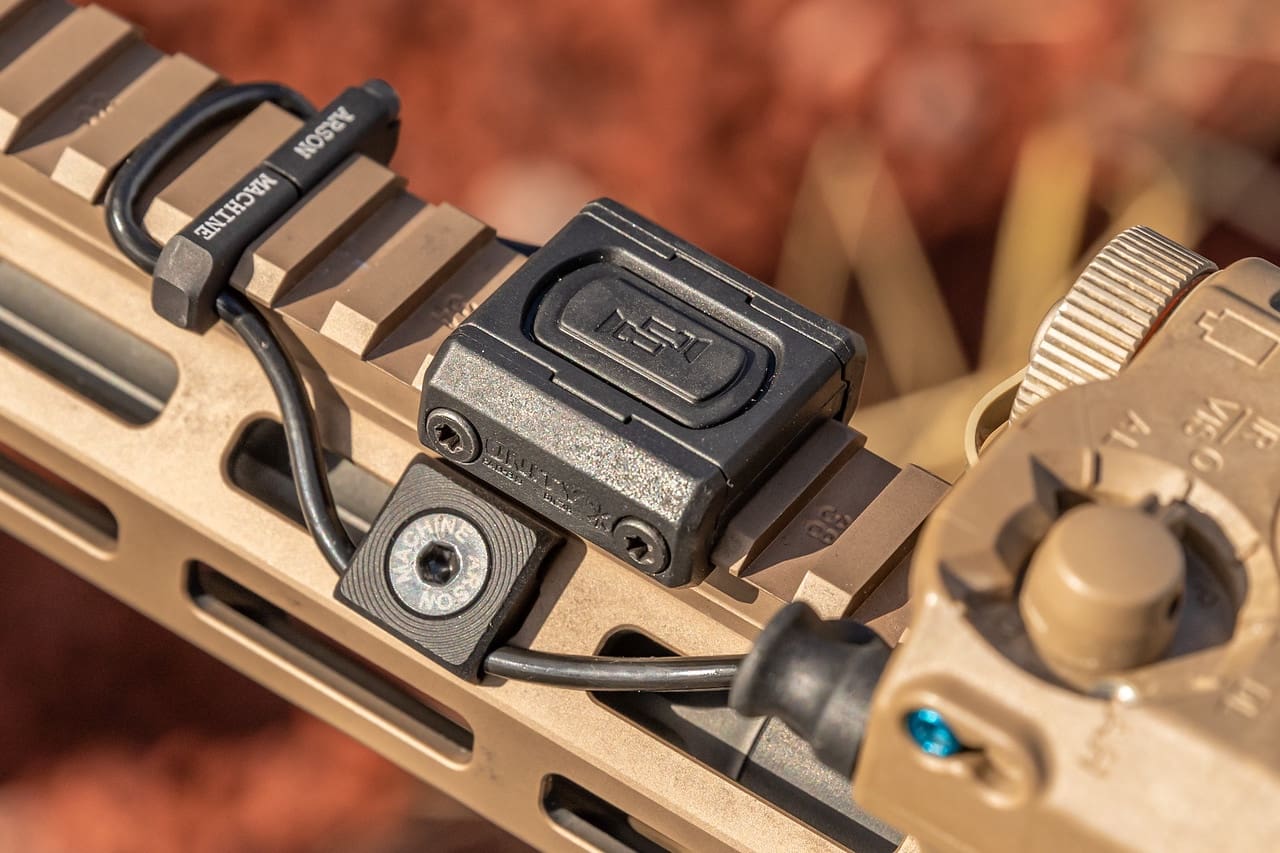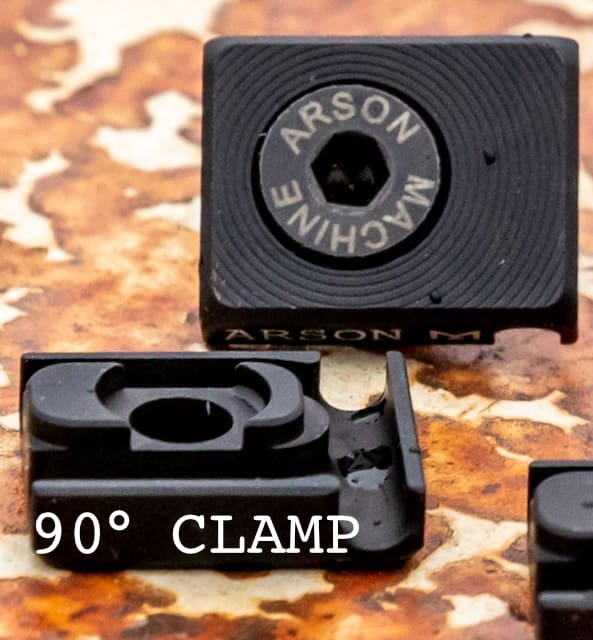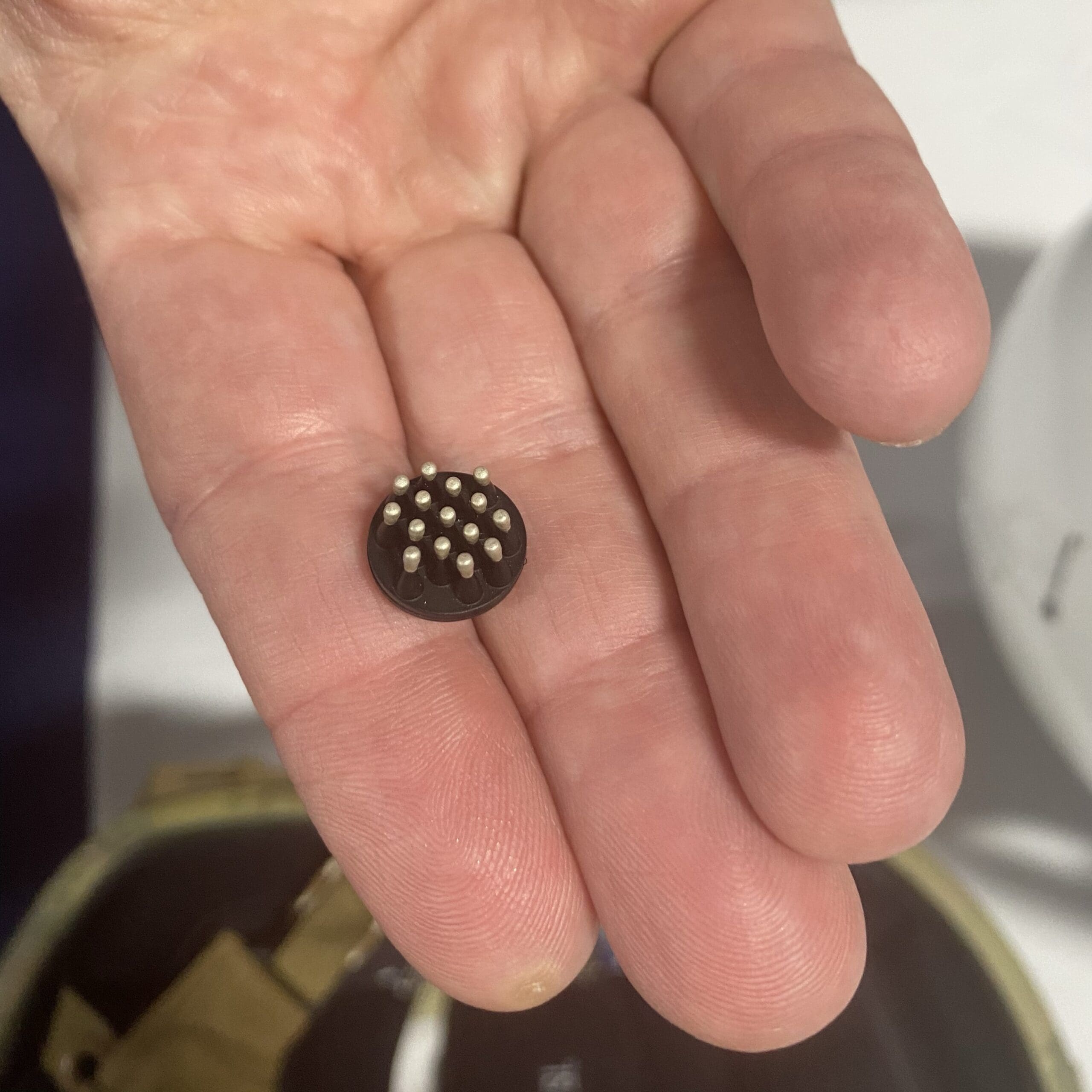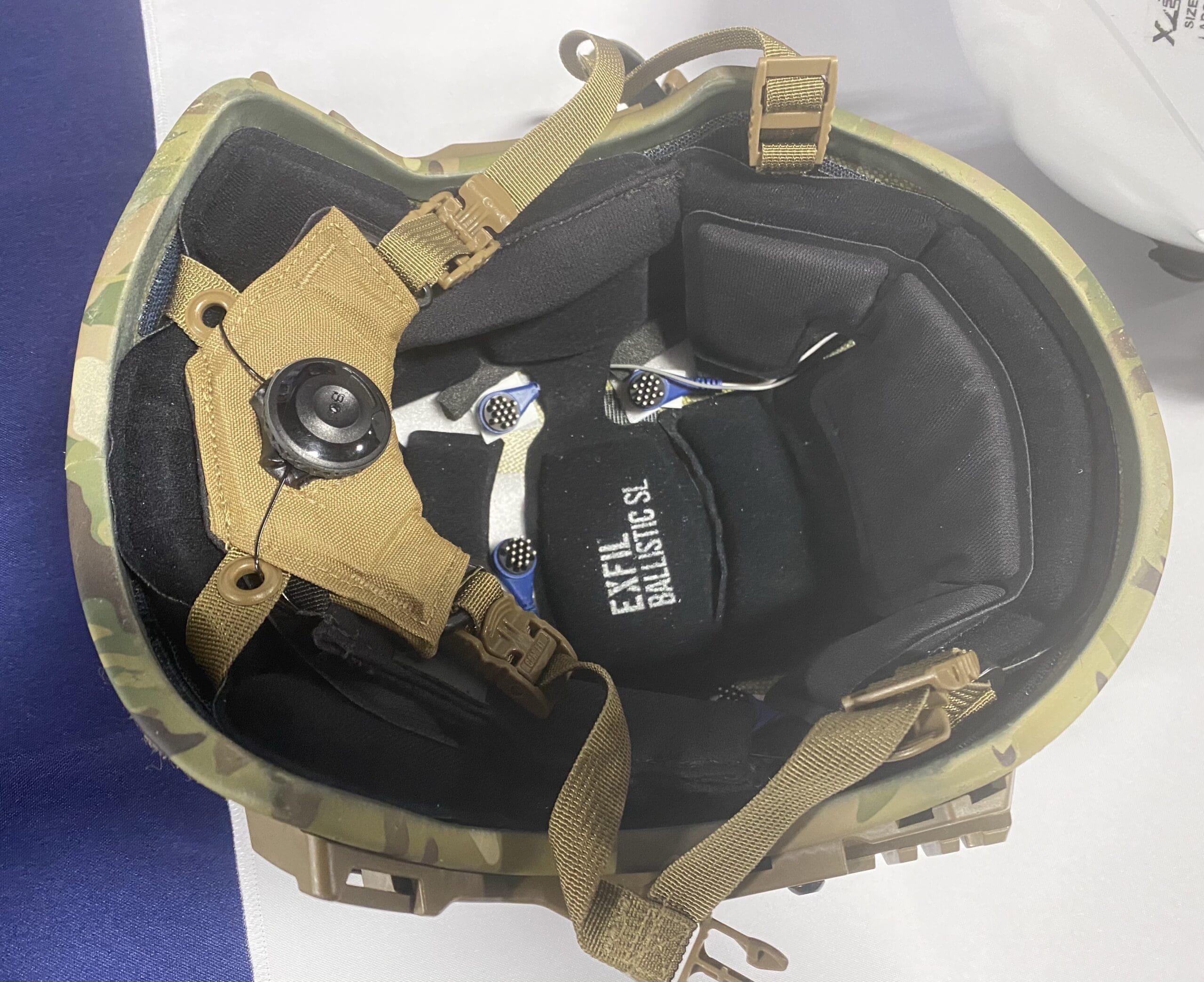NEWINGTON, N.H., (March 12, 2021) – SIG SAUER, Inc. is proud to introduce the P365X ROMEOZero, the newest addition to the P365 series of pistols. The P365X ROMEOZero combines the 3.1 inch barrel of the original P365 with the P365XL XSERIES grip module, featuring a 12-round flush fit magazine, with a factory installed ROMEOZero red dot sight, bringing a new level of performance to everyday carry.

“The SIG SAUER P365 series of pistols is the leader in the industry for everyday carry and continues to set the standard for delivering unprecedented capacity in a micro-compact size,” said Tom Taylor, Chief Marketing Officer and Executive Vice President, Commercial Sales, SIG SAUER, Inc. “The introduction of the P365X ROMEOZero further redefines everyday carry by combining the XSERIES features first introduced with the popular P365XL – including the larger grip module and XSERIES trigger – with the shorter 3.1 inch barrel of the original P365, making it an all-around more comfortable concealed carry pistol.”
The SIG SAUER P365X ROMEOZero is a 9mm striker-fired pistol, featuring the XSERIES P365 grip module with an integrated carry magwell and extended beavertail, with the standard 3.1 inch P365 barrel and slide with XSERIES markings, a factory installed ROMEOZero micro-open reflex sight, X-RAY3 day/night front sight, and the XSERIES flat trigger with a 90-degree break. The P365X ROMEOZero ships with two 12-round magazines (15-round magazines available separately).
The SIG SAUER Electro-Optics ROMEZero micro-open reflex sight optimized for everyday concealed carry, and for pistols with slim slides. The sight features a ruggedized, weapons grade, textured polymer body, Spectracoat™ Polymer lens system, 8 vivid, user configurable daytime illumination levels, MOTAC™ (motion activated illumination system), a highly efficient point source LED emitter for a crisp dot that’s 8 times more efficient than conventional red dots, and an integrated rear sight notch for co-witness with a standard height P365 front sight.
P365X ROMEOZero Specs:
Overall Length: 6 inches
Overall Height: 5.5 inches
Overall Width: 1.1 inches
Barrel Length: 3.1 inches
Sight Radius: 4.9 inches
Weight (w/ magazine): 18 oz.
ROMEOZero Micro Open Reflex Sight Specs:
Overall Height: .93 inches
Overall Length: 1.6 inches
Overall Width: .93 inches
Sight Window: .72 inches x .61 inches
Battery: CR1632
Brightness Adjustment: Manual Push-Button
Brightness Settings: 8 daytime settings
Weight: 0.4 ounces
The P365 XSERIES include the P365X ROMEOZero, P365XL, and P365XL ROMEOZero. To learn more about the entire P365 XSERIES including the P365X ROMEOZero or watch the product video with Phil Strader visit sigsauer.com.
The SIG SAUER P365X ROMEOZero is now shipping and available at retailers.


